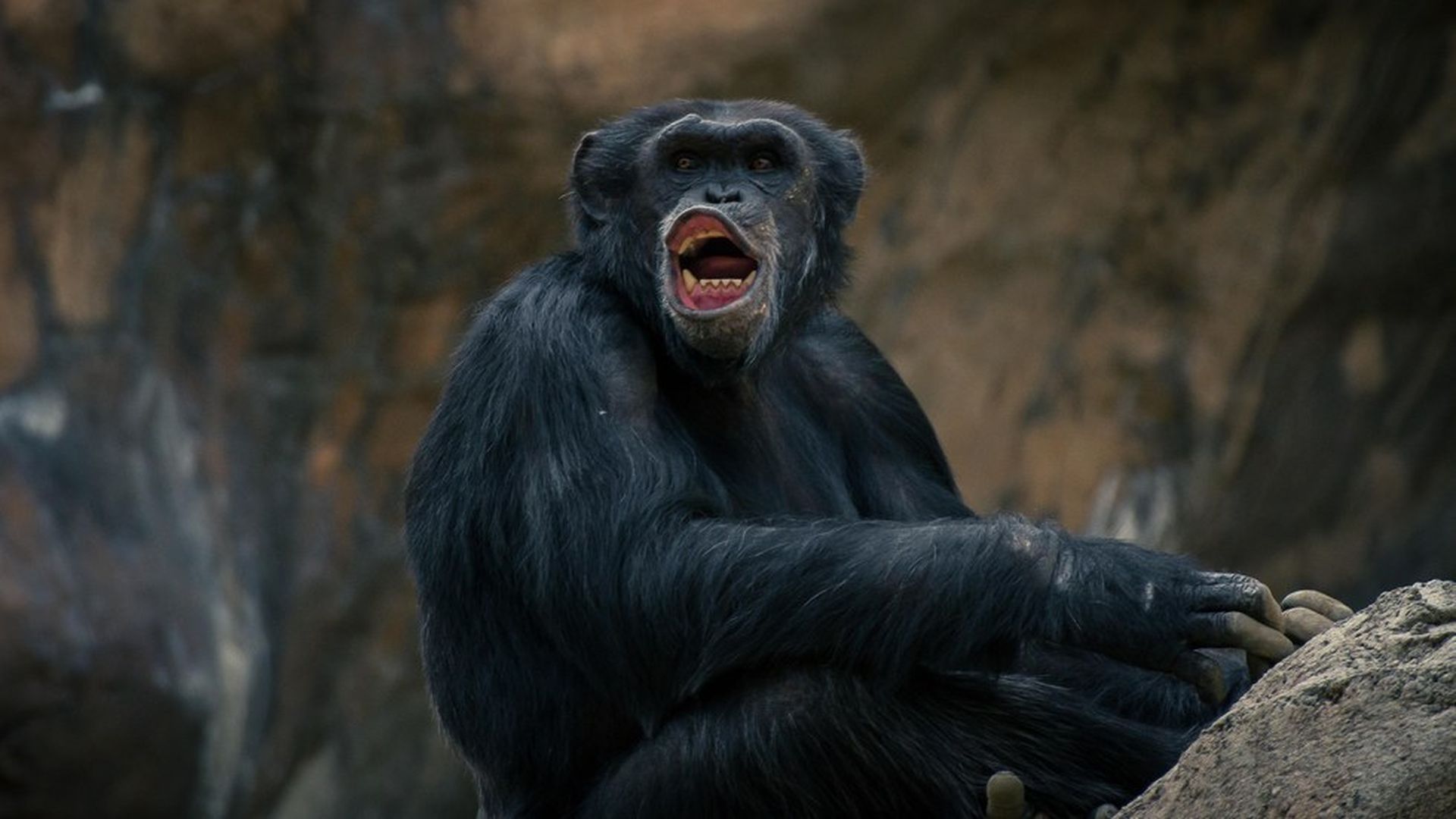
CHIMPANZEE MUSCLE MANUAL
Most muscle groups from the left forelimb exhibited greater masses than right groups, but group asymmetry was significant only for the manual digital muscles. Left forelimb muscles, on average, usually had higher masses and longer fiber lengths than right, while right forelimb muscles, on average, usually had greater PCSAs than left. Side asymmetry in one chimpanzee, despite consistent forelimb directional asymmetry, also does not exceed the magnitude of chimpanzee-human differences. Age- and sex-related intraspecific differences do not obscure chimpanzee-human interspecific differences. The musculature of an adult female is more similar in architectural patterns to a young male chimpanzee than to humans, particularly when comparing muscle groups.

Mass, fiber length, and physiological cross-sectional area (PCSA) are reported for individual muscles and muscle groups. Thirty-seven forelimb and 36 hind limb muscles were assessed in two chimpanzee cadavers: one unilaterally (right limbs), and one bilaterally. While the full extent of variation in chimpanzee muscle architecture due to such factors cannot be evaluated with data presently available, the present study expands the chimpanzee dataset and provides a preliminary glimpse of the potential relevance of these factors. Factors such as age, sex, and behavioral lateralization may be responsible for variation in chimpanzee muscle architecture, but this is presently unknown.

These investigators based their assessment on unilateral limb musculatures from three male chimpanzees, of which they called one non-adult representative. They observed enough distinction to conclude that musculoskeletal properties were not compensatory and suggested that chimpanzees and humans do not exhibit dynamically similar movements. (Am J Phys Anthropol 110:179-199, 1999) quantified chimpanzee (Pan troglodytes) muscle architecture and joint moment arms to determine whether they functionally compensated for structural differences between chimpanzees and humans.


 0 kommentar(er)
0 kommentar(er)
